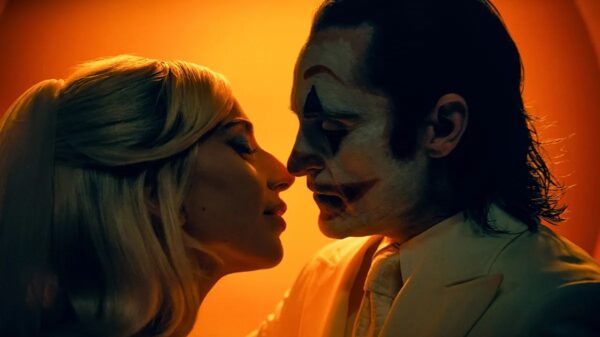In the 2010s, there was concern that Pixar was losing their touch as they started putting out duds of movies in terms of unnecessary sequels and uncreative projects. While movies like Coco and Inside Out stood out among the group of movies in that decade, there aren’t many on that set of movies that made a huge impact on me. However, Pixar has been making a strong comeback in the latest set of movies over the past two years. Onward, Soul & Luca all made a significant impact in their creative stories, hard-striking emotions, and just a fresh breath of air from a studio I grew up with-in the 2000s. Their latest movie, Turning Red, just adds to their great work in the age of the pandemic.
Turning Red takes place in 2002 Toronto as 13-year old Meilin Lee turns into a giant red panda as part of a generational blessing/curse passed throughout her family. Directed by Chinese-Canadian Domee Shi, who won an Oscar for her best animated short film, Bao, becomes the first sole female director for a Pixar film as she delivers a colorful, humorous, and relatable story of finding one’s true self and growing up.
Visually Fun
First, with the visuals. Pixar continues to elevate their animation as they have been since the 90s. Turning Red has a unique style that matches the light-hearted tone of the story and matches the feeling of being a child. It’s colorful, cartoony in a good way, and simply unique. But around that toony animation style is rich and has excellent scene design. Down to little things like pencil strokes all look amazing. We’ve seen some animation try to be hyper-realistic but not be able to break that uncanny valley. Turning Red’s animation avoids that with this style but doesn’t prevent them from making the smallest details look amazing. It’s a cute-looking movie, and why that is a turn-off for some, it adds to its charm.
Why Is There Even Controversy?
This movie has had some extremely silly controversy to it from other reviewers who said they could “relate” to the movie or that it was “too cringy.” While I agree, there are some cringy scenes, it’s all meant to really represent the worldview of a 13-year old girl. Immaturity will always be there, but it plays a part in the movie and even becomes hilarious from how silly kids can be at that stage of their life. Tethering between being a child and an adult. As well, you didn’t need to be a 13-year old girl to find something to relate to within this story or find a way to cry as most Pixar movies find a way to do.
While some criticisms of this movie are silly, there can be some valid ones in terms of the plot. It’s not a perfectly written movie in terms of how some characters conduct themselves in an over-exaggerated form or how some conflicts are created, it doesn’t take away from the movie as a whole.
Relatable Lessons & Struggles
Similar to Luca, Turning Red is a low-stakes story that allows itself to stay grounded and relatable. While many focus on the metaphors to puberty within the story, including even straight-up addressing the possibility of the main character having her first period, the movie teaches so much more that struck me emotionally. The movie’s main lesson is allowing someone to become their true self, regardless of how weird or different it may be. Be the person that makes you happy. It’s something everyone figures out at some point as they grow up.
The other lesson Turning Red showcases is the ancestral/familial pressures one could experience, regardless of culture. It’s not a hidden fact that Chinese culture is a significant part of the movie as it takes place with a Chinese-Canadian family that runs a temple to honor their ancestors. And it plays a big part in how the Lee family operates, as the story opens up with the biggest part of their culture is to honor one’s family. But in that same breath, it also addresses that one needs to find balance as they could fail to honor themselves.
The story deals with Meilin’s balance of wanting to honor her mother and make her proud but also wanting to do things that she enjoys with her friends and is passionate about. It’s a balance that not just the main character struggles with, but others including her own mother. It’s frustration and struggles many others have dealt with in meeting the expectations of one’s family.
While some complain there isn’t a villain, it’s not a story that requires one. There can easily be a conflict between others who are all well-intentioned as well within one’s self that can drive a story. Just as other stories can deal with struggles with grief and loss, stories like Turning Red explore normal familial conflicts without a supervillain trying to destroy the world.
In summary, Turning Red is a heart-warming, charming story of struggles anyone can face in self-identity, familial pressures, and the struggles of growing up. While there can be valid criticisms of the plot itself, the overarching lessons and story is an enjoyable one and one I will certainly enjoy in rewatches.
Turning Red is now available on Disney+.























































